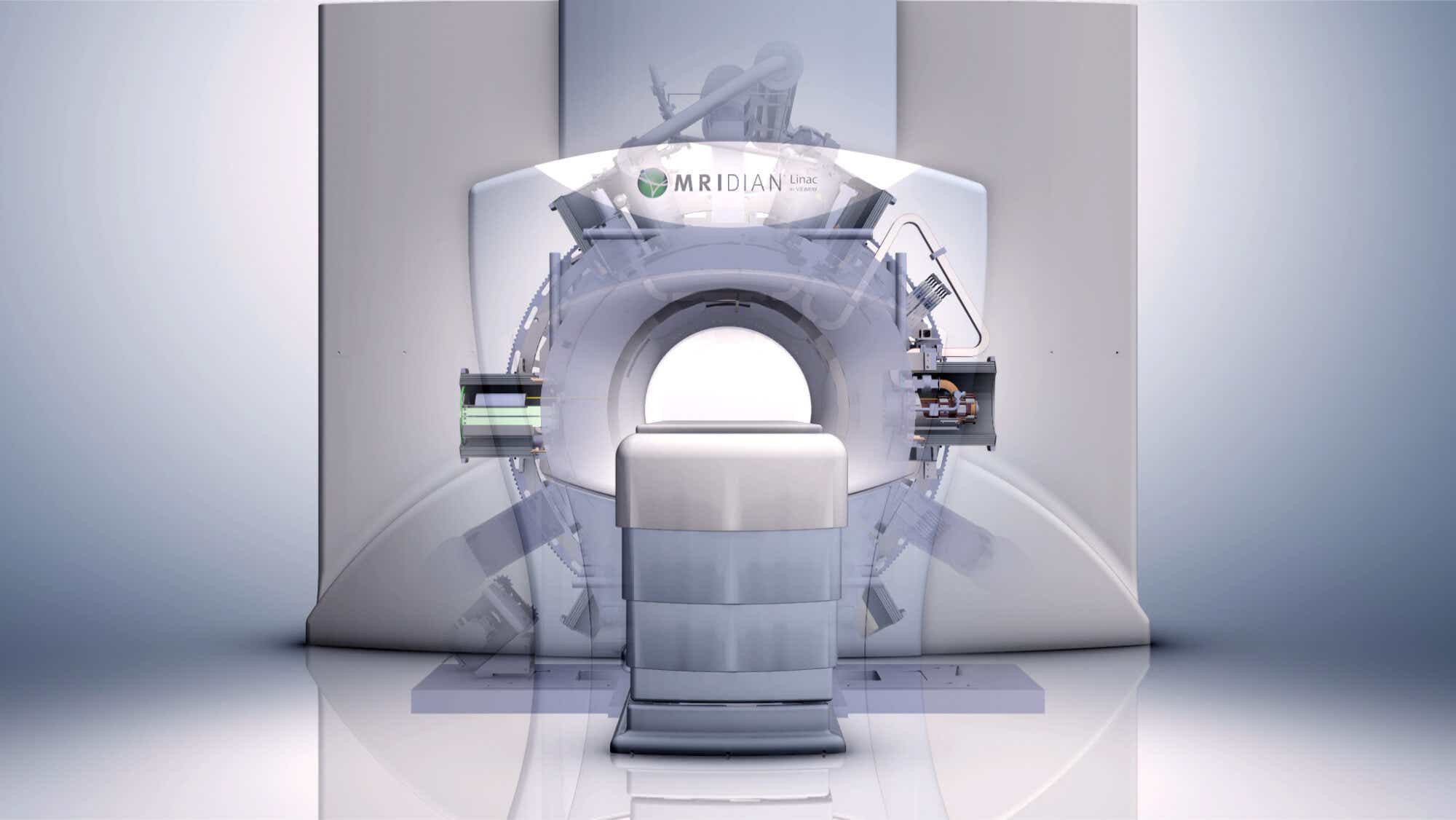In the relationship between a doctor and a patient, there’s often a power imbalance. The doctor provides the diagnosis and suggests a course of treatment, usually to a patient who’s intimidated and may have a limited understanding of what’s going on in their own body. Even the physical positioning of a doctor and patient reveals this imbalance: The patient lies vulnerable in a bed while the doctor stands over them delivering information. That’s why a doctor’s bedside manner can change a patient’s experience dramatically. If a patient doesn’t feel respected, he or she may even decide to seek an entirely new treatment team.
Anyone who’s been to the doctor knows good bedside manner when they see it: Your doctor listens, communicates information in a way that makes sense, and treats you with respect. Unfortunately, not all doctors prioritize good bedside manner, and that can sever one of the most important components of the doctor/ patient relationship — trust. And for people battling a serious illness, it’s even more crucial to find a doctor who makes their patients feel like they’re part of a team.
Finding a respectful and trustworthy doctor was a top priority for Lawrence Caruso, a 75-year-old father of two. During a routine screening in 2018, Caruso’s urologist discovered his prostate was enlarged; a biopsy revealed that he had prostate cancer. After a few years of active surveillance, a common practice for slow-growing prostate cancer, Caruso learned that he would need treatment.

As a former chemistry major and computer technologist, Caruso wasn’t afraid to dive into meticulous research on the best doctors and treatment methods. He spoke with almost 20 oncologists at the country’s leading medical institutions: Some suggested focal therapies, others suggested hormone therapy, and one suggested he have his prostate removed. Caruso realized that many of these doctors weren’t taking his concerns seriously. “Some doctors have different priorities than their patients,” reflects Caruso. “I understand that a doctor’s priority is to cure an illness. But as a patient, it’s more complicated than that. I don’t want a cure that might make my life worse than the disease.” Caruso was frustrated: He wanted a doctor who would collaborate with him on a treatment plan rather than tell him what to do. That’s when he met Dr. Nagar.
Himanshu Nagar, M.D., is a radiation oncologist at Weill Cornell Medicine in New York. After an initial meeting with him, Caruso remembers, “I knew I’d found the person. It was a no-brainer.” Caruso had discovered Dr. Nagar while researching a treatment called MRIdian, the first MR-guided radiotherapy system, which allows a doctor to focus the radiation beam directly on the tumor so surrounding tissue is unharmed. It appealed to Caruso because of its few side effects, and minimal impact to quality of life. Some doctors Caruso spoke with insisted he would need 25 rounds of radiation — Dr. Nagar uses MRIdian, and told Caruso that with this technology, he would need just five rounds. Plus, the whole course of treatment would only take about two weeks.
Since MRIdian was fairly new at the time, Caruso couldn’t find a patient to give him a firsthand account of their experience. “I worried that the excitement about an innovative new technology was about efficacy rather than the actual experience of the patient,” he says. Dr. Nagar was confident in MRIdian technology but said that they wouldn’t do anything Caruso wasn’t comfortable with. “I felt like he treated me the way he would treat his own brother,” Caruso says. “I had faith in him, and he had faith in the technology. That solidified it as the right choice for me.”

Over the next two weeks, Caruso received five rounds of radiation treatment, each only lasting about 20 minutes. Although technicians administered the radiation treatment, Dr. Nagar was there to make sure everything went smoothly. When describing the experience, Caruso’s most salient memory speaks volumes: “They validated my parking, so I could hang out for as long as I wanted after I was done. That’s a real gift in New York City.”
To Caruso’s surprise, Dr. Nagar checked in with him after many of his treatments and was always available to talk through any questions or concerns. That’s basically unheard of in this day and age,” he says. Dr. Nagar would ask Caruso how he was feeling and if he was experiencing any side effects. When Caruso felt tired after the third treatment, from the compounding effects of the radiation, Dr. Nagar rescheduled his next treatment to give Caruso some time to rest. “I imagined that there were strict protocols and this would be totally inflexible,” he says. “But Dr. Nagar said that pushing the treatment for a few days was no problem. It was very comforting.”
After Caruso’s fifth and final treatment, Dr. Nagar delivered the good news: Over the next year, Caruso’s cancer would shrink until it was gone. In the meantime, the two would meet every three months to monitor the progress. Just as Caruso had hoped, the treatment didn’t impact his quality of life in the slightest. “There’s no incontinence, no bowel dysfunction and minimal impact on sexual dysfunction,” he says.
Now at a year and a half out, Caruso is in remission. Since completing his treatment, he’s referred three friends to Dr. Nagar. “Every one of them has had successful treatment with him — I should get a referral rate,” Caruso laughs. “But really, I’m so glad to help other people, and hope they can benefit from working with Dr. Nagar as much as I did. I’m blessed to have met him. He may have saved my life.”
For a list of hospitals currently using MRIdian, please click here.









